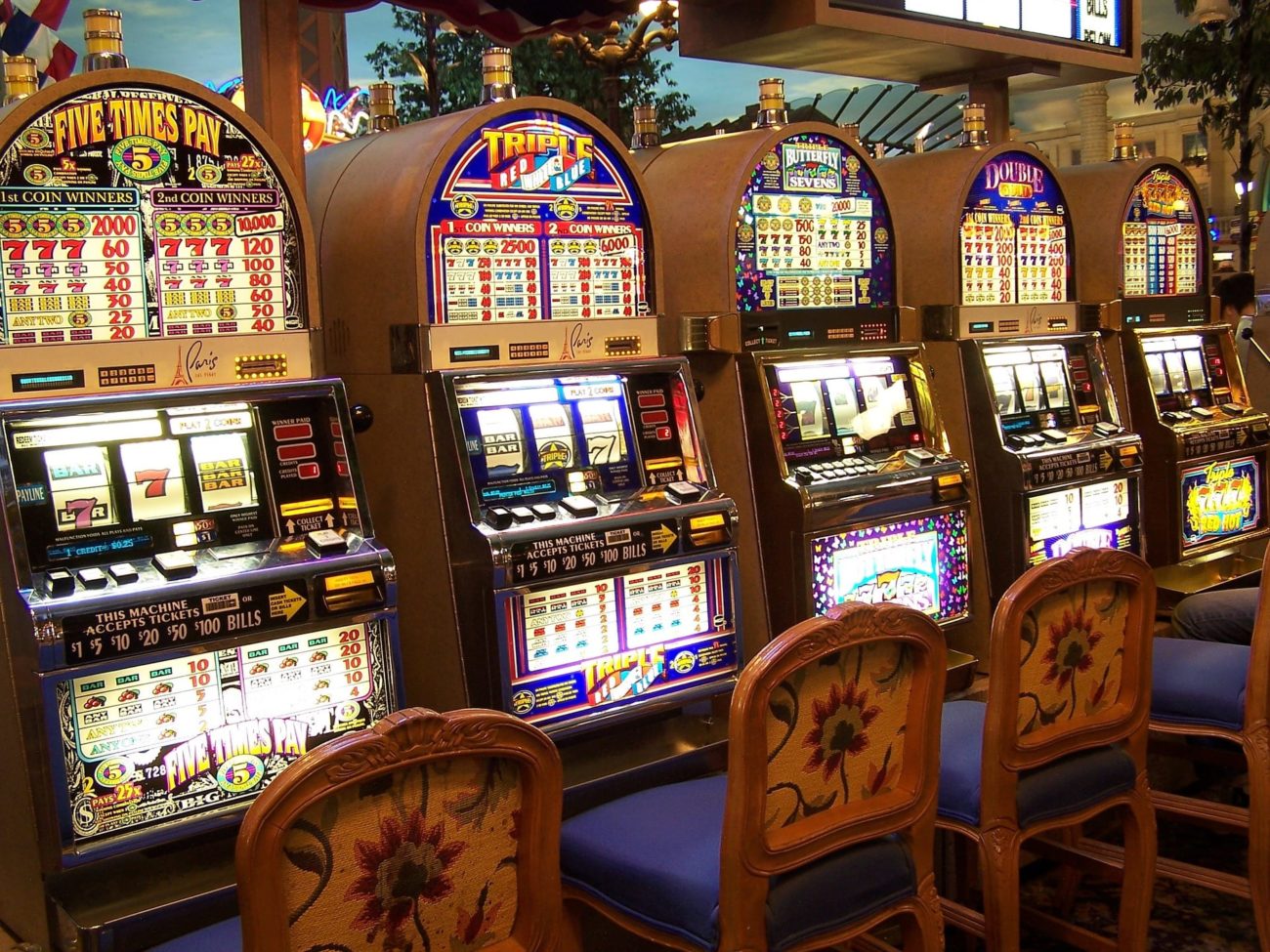
Gambling games have long captivated people’s attention, drawing players into a world filled with fortune, planning, and the allure of excitement. Each game is painstakingly crafted not just for enjoyment, but also to elicit targeted emotional responses that keep gamblers involved and invested. Understanding the motivations behind these designs reveals much about how behavioral psychology plays a key role in the gaming experience.
From the bright lights and dynamic sounds to the sophisticated layering of systems and payoffs, casino games are designed to create an atmosphere of thrill and anticipation. Game designers leverage mental cues to influence player behavior, whether through the use of big prizes, almost wins, or social connections. By examining these elements, we can better appreciate how casino games fulfill not just a desire for entertainment, but deeper psychological needs for thrill and hazard.
Grasping Player Behavior
Casino games are engineered with a profound grasp of player psyche, which is essential for drawing in and retaining players. The rush of the game, coupled with the anticipation of winning, creates a strong attraction. Game designers employ elements like sound effects, dynamic graphics, and captivating gameplay to seize attention and evoke emotional responses. These sensory experiences enhance the overall experience, making players feel more involved in the game.
Another notable aspect of player behavior is the idea of risk and reward. Casino games often weigh high-risk scenarios with the potential for considerable rewards, which can cause the occurrence known as near-miss experience. When players come near to winning, the brain produces dopamine, bolstering their behavior and encouraging them to persist playing in pursuit of that elusive win. This cycle of anticipation and disappointment plays a key role in how games are designed and promoted.
Lastly, community aspects also play a central role in player behavior at casinos. Many games are crafted to be played in teams or alongside other players, nurturing a sense of community and collective experience. The social interaction inherent in games like baccarat enhances enjoyment and can result in prolonged gaming periods. Designers leverage on this by creating environments that invite players to remain, interact, and come back, making the overall casino experience more inviting.
The Role of Imagery and Sound
Imagery and audio play a significant role in enhancing the gambler’s experience within casino games. Designers utilize vibrant colors, striking graphics, and captivating animations to capture players’ attention and maintain their interest. The use of themes, such as adventure or opulence, helps create an immersive atmosphere that transports players into a different world. By connecting to the senses, these elements contribute to a heightened emotional response, prompting players to engage more deeply with the games.
Audio design is just as important in reinforcing the overall experience of casino games. The combination of ambient music, sound effects for winning combinations, and ambient noises creates an sound landscape that holds players enthralled. Audio cues associated with victories, such as chiming bells or celebratory music, evoke feelings of thrill and satisfaction, encouraging players to keep playing. These audio cues are carefully placed to amplify the thrill of the game and create a more engaging experience.
Additionally, the synchronization of visuals and audio is crucial for supporting the game’s overall theme and mood. Each element should align seamlessly to create a cohesive experience that draws players in. The effective use of this integration not only improves user satisfaction but also boosts the chances of return play, as players become more invested in the immersive world that the gambling games offer. This thoughtful integration of imagery and audio ultimately enhances player engagement and loyalty.
Incentive Structures and Engagement
The development of casino games heavily relies on incentive structures to keep participants involved and returning for more. These systems are rooted in psychological theories that exploit human behavior and desire. Players are often driven by the thrill of success, which is reinforced by instant responses through the game’s mechanics. This instant gratification not just enhances the gaming experience but also cultivates a sense of success, prompting players to continue playing in hopes of greater rewards.
Casinos adopt various incentive systems, including jackpots, bonuses, and multipliers, to engage players. These elements create a layer of thrill that maintains engagement. Additionally, the randomness of outcomes plays a crucial role in keeping attention. đăng nhập iwin The variable reward system, where wins are unpredictable but happen often enough, maintains players on edge and driven to continue participating. This cycle of anticipation and expectation is foundational to the success of casino games.
In addition, community aspects, such as competitive events and multiplayer features, boost the participation factor by leveraging the competitive nature of players. The communal aspect of playing with fellow participants can intensify the excitement of success and create a community atmosphere within the gaming space. By integrating these community elements with effective incentive structures, gambling experiences don’t just provide entertainment but also foster a deeper bond among players, solidifying their loyalty to the gaming experience.
